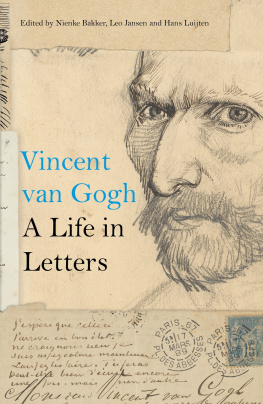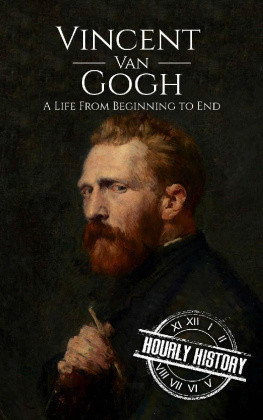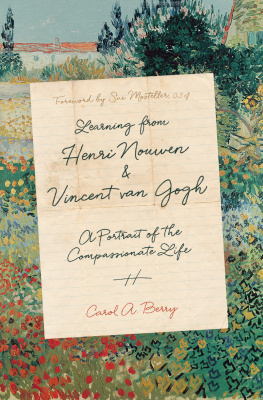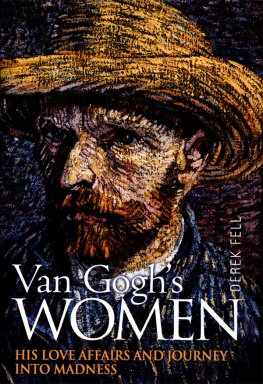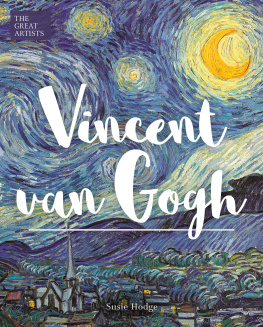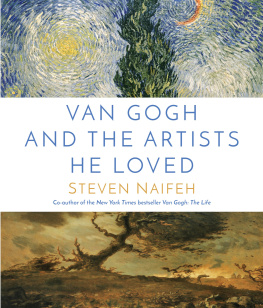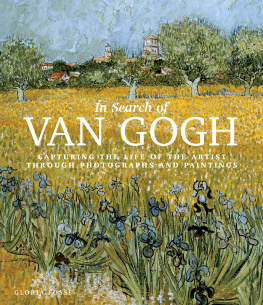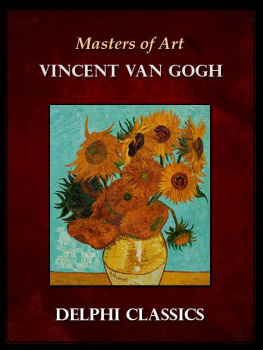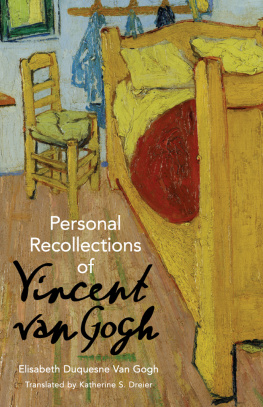

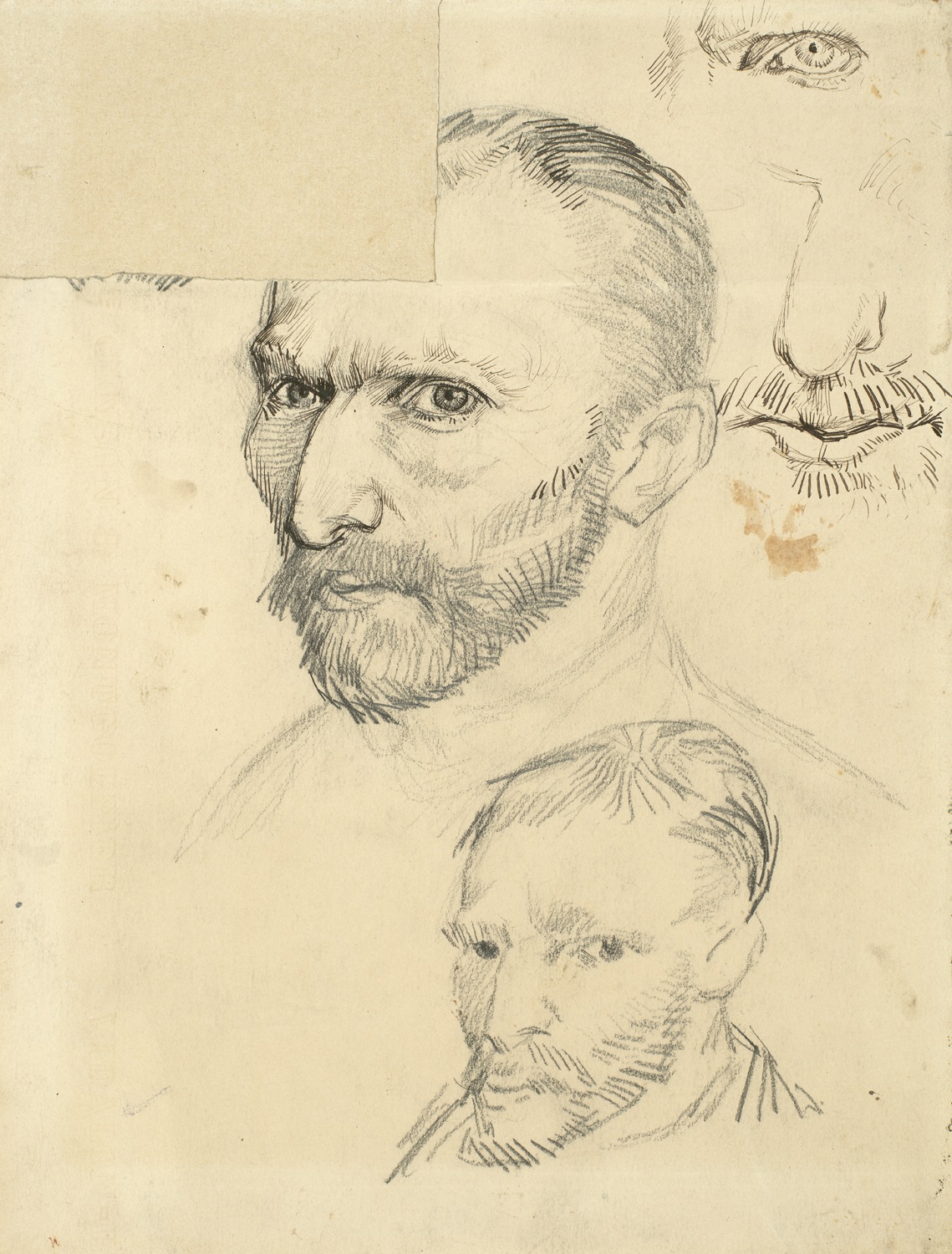

About the Editors:
Leo Jansen, Hans Luijten and Nienke Bakker are the editors of Vincent van Gogh The Letters: The Complete Illustrated and Annotated Edition (Thames & Hudson, 2009) and the website of Van Goghs complete correspondence, www.vangoghletters.org . These publications are part of the Van Gogh Letters Project, a collaboration between the Van Gogh Museum, Amsterdam, and Huygens ING, Amsterdam.
Nienke Bakker is senior curator of paintings at the Van Gogh Museum. Her publications and exhibitions include Van Gogh at Work (2013), On the Verge of Insanity: Van Goghs Illness (2016) and Van Gogh & Japan (2018).
Leo Jansen, formerly curator of paintings at the Van Gogh Museum, is editor of the Mondrian Edition Project. He is the co-editor of Brief Happiness (1999) and author of Van Gogh and His Letters (2007).
Hans Luijten is a senior researcher at the Van Gogh Museum. He is the author of Van Gogh and Love (2007), and the biography of Jo van Gogh-Bonger, Alles voor Vincent. Het leven van Jo van Gogh-Bonger (2019).
Other titles of interest published by
Thames & Hudson include:
Vincents Trees
Ralph Skea
Vincents Portraits
Ralph Skea
Vincents Books: Van Gogh and the Writers Who Inspired Him
Mariella Guzzoni
Be the first to know about our new releases, exclusive content and author events by visiting
www.thamesandhudson.com
www.thamesandhudsonusa.com
www.thamesandhudson.com.au
Contents
This anthology contains 76 of Vincent van Goghs letters, selected unabridged from 820 surviving letters penned by the artist. They are presented as Van Gogh wrote them, translated into English while staying true to the original composition and style. Roughly two thirds of the letters are in Dutch and one third in French; six letters were written in English, of which one appears in this selection.
The text is drawn from transcriptions and fresh translations of the entire existing collection of both letters and related manuscripts undertaken for the Van Gogh Letters Project (19942009) in a collaboration by the Van Gogh Museum in Amsterdam and the Huygens Institute (now Huygens ING) in Amsterdam. Absolute fidelity to Van Goghs original words is the fundamental principle underlying this English language translation, reproducing them as closely as possible, consistent with readability, without interpretation. Van Goghs distinctive manner of accentuating text by underlining words (sometimes several times), making them larger or loading his pen with extra ink has been rendered in this anthology through the use of italics, small capitals and regular capitals.
The letters are presented chronologically. The letter numbers that appear in each heading (given in parentheses in the introductory texts) refer to the online edition at www.vangoghletters.org . Notes on the letters are given at the end, with a list indicating the original source language of each letter.
Van Goghs drawings have been reproduced here with the letters that they accompanied. A selection of paintings to which Van Gogh referred in his letters is also shown.
Life dates are included in the index. Readers requiring additional details about specific people, the places where Van Gogh stayed, the family history, quotes he uses, references to his own work and works by others, the grounds for dating the letters and other information, are directed to the online edition, which also features facsimiles and the complete texts of all of Van Goghs letters in the original language.
Introduction
A Man of Passions
Vincent van Goghs letters are without any doubt the most impressive artists correspondence we know. Providing an inexhaustible source of information about the artists dramatic life and exceptional work, these documents have been studied by generations of art historians and biographers. From their first publication, Van Goghs letters have also been valued for the intrinsic qualities of his writing, his evocative style and vivid, unadorned language. They convey the artists personal ideas and emotions in such a compelling way that they attain the universality of all great literature.
Van Gogh was passionate to the point of fanaticism and expressed himself without reservation. He showed his vulnerability by asserting ideals, by getting into arguments, and by sharing with the reader his outrage, his melancholy, and later his mental illness. The letters tell the story of his eventful life, detailing his close ties with his brother Theo, and the evolution of his artistic skills. It is the insight they give us into the development of a ground-breaking artist a man who did not hesitate to show his most human side that make these letters so fascinating.
With hindsight it can be said that he developed as an artist with amazing speed: it took him only ten years to draw and paint the extensive oeuvre that would make him world-famous. Recognition was a long time in coming, however. Only after his self-inflicted death in 1890 did his work finally begin to receive the attention it deserved and his reputation as a pioneering artist become firmly established a development in which his letters played a vital role.
The letters in this publication have been carefully selected to give both the first-time reader and the connoisseur an immersive and enlightening account of Van Goghs life and ideas during his years as an artist, from 1880 to 1890, living in Belgium, the Netherlands, and France. The letters have not been abridged but have been set out in their entirety, to respect the composition and tone of Van Goghs letters.
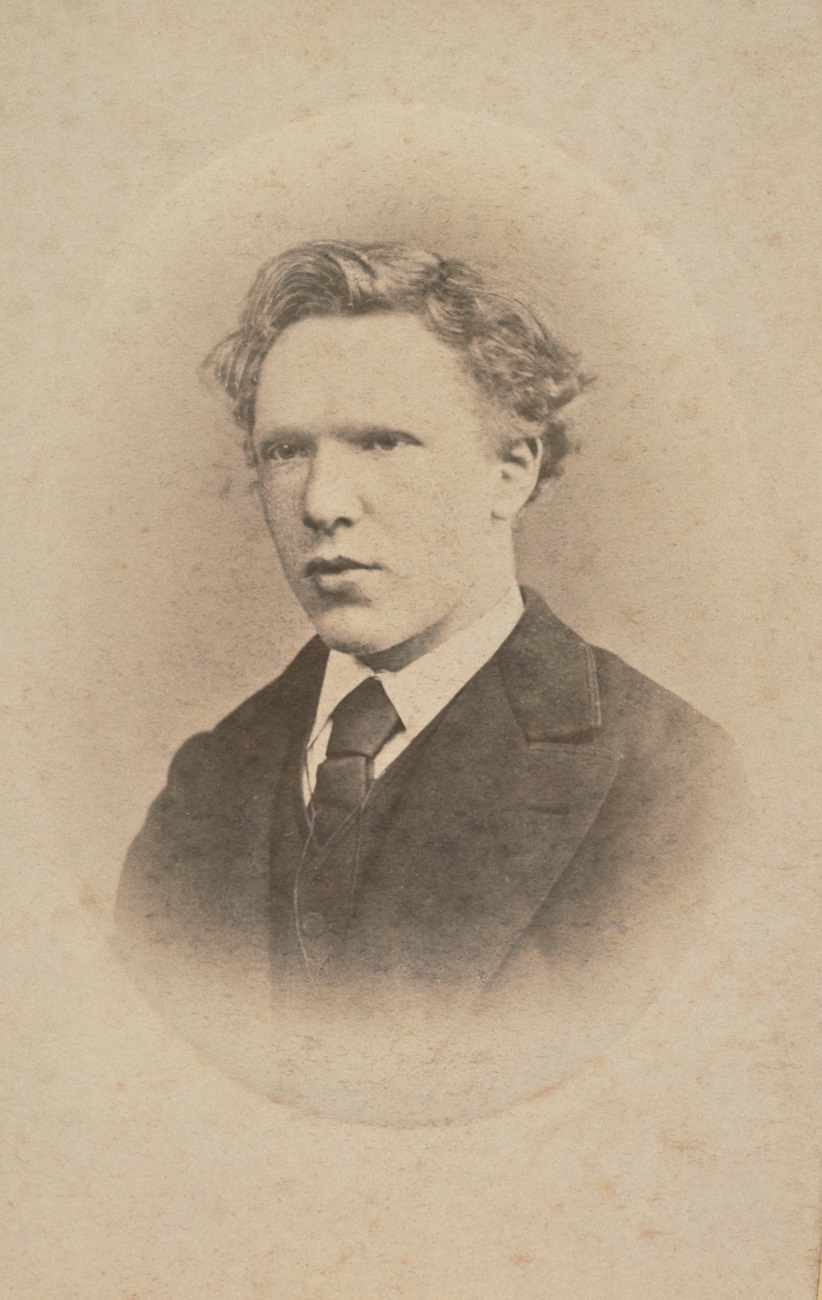
Vincent van Gogh at the age of nineteen, January 1873
Vincent van Gogh: a Complex Character
Van Gogh cut a striking figure. Theos wife Jo van Gogh-Bonger, who became acquainted with Vincent in 1890, described him in her introduction to the 1914 letters edition as a robust, broad-shouldered man with a healthy complexion, a cheerful expression and something very determined in his appearance. Small in stature, Vincent had green eyes, a red beard and freckles; his hair was ginger-coloured like that of his brother Theo, his junior by four years. He had a facial tic, and his hands seemed to be in constant motion. He was rather unsociable, which made him difficult to live with. People were often afraid of him, because of his wild and unkempt appearance and his intense manner of speaking. The way he looked and acted alienated people, which did not make life easy for him.
Van Gogh was almost always convinced that he was right, and this made him quite tiresome. He was a passionate, driven man, whose tendency to act like an egocentric bully made many people dislike him. Van Gogh refused to let this upset him: [B]elieve me that I sometimes laugh heartily at how people suspect me (who am really just a friend of nature, of study, of work and of people chiefly) of various acts of malice and absurdities which I never dream of (). He did not avoid confrontations, nor did he spare himself. Theo described him in a letter of March 1887 to their sister Willemien as his own enemy.
Next page
